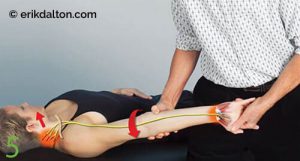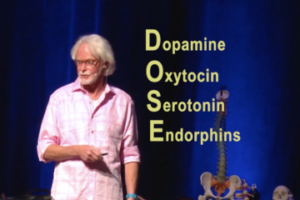Undulation Is A Natural Thing
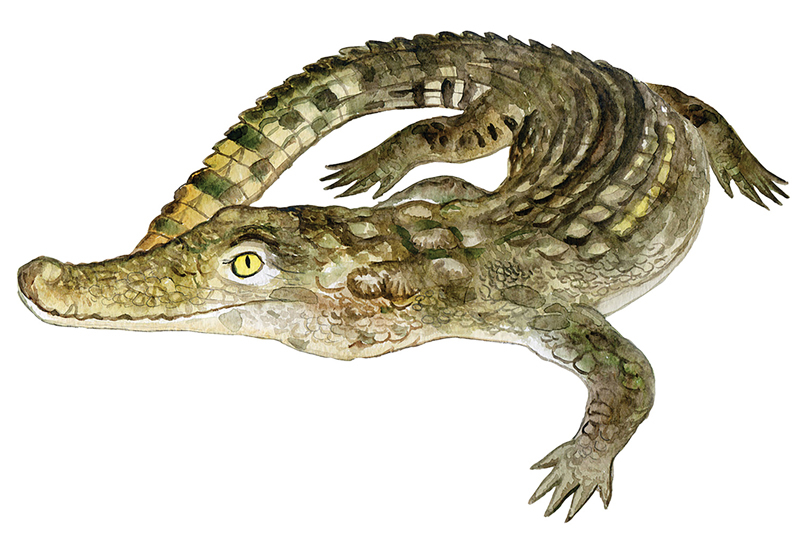
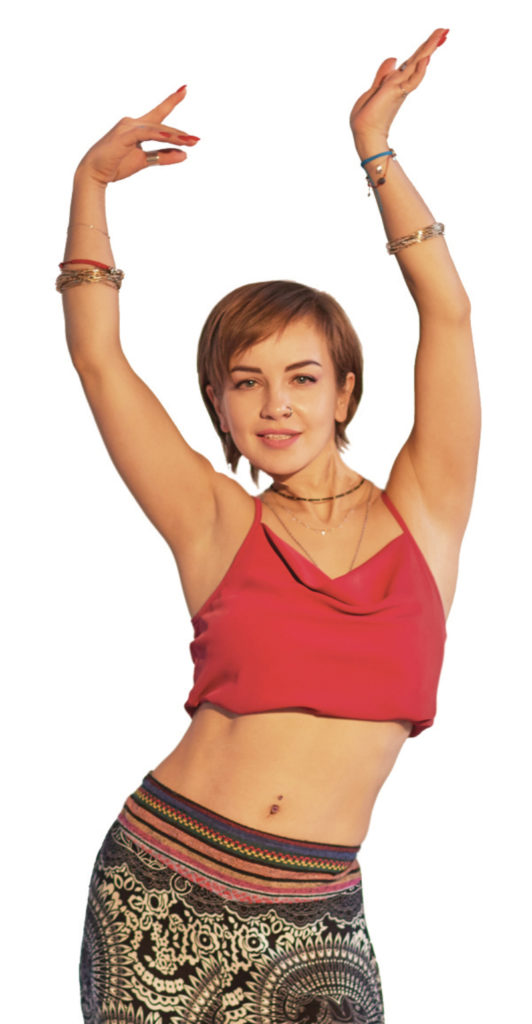
This side-to-side movement of the cervical spine helps pump oxygen and nutrients to the joints, increases strength and flexibility, and aids in circulating cerebrospinal fluid. The powerful undulating pumping action can help cleanse the brain the way walking can help enhance lymph flow. Since movement through each vertebral joint is critical for nerve, muscle and disc function, I use hands-on myoskeletal undulating techniques to promote this beneficial motion.
Undulation Aims to Sway All Spinal Segments
Before beginning the myoskeletal undulating maneuver, I ask the supine client to move to the top of the therapy table so I can firmly grasp their head with both hands. Next, I slowly step to my right foot (not permitting the head to side-bend or rotate), then back to the left, rhythmically repeating this gentle and relaxing side-to-side motion (Image 3.).
The rhythmic rocking movement of undulation not only helps relieve tension and tightness where the head meets the neck (Atlanto-occipital joint), but it can also assess how freely the entire spine is moving. Just remember to focus on keeping the client’s eyes in the same plane as you sway back and forth with this alligator-swaying motion. During the rhythmic undulating technique, my intent is to try to get all the spinal segments swinging and swaying with me. If I encounter a restriction, I do as the founder of osteopathy, A.T. Still, once said: “Roll the bones and they’ll come home.” As the joints regain their optimal alignment and the brain begins to associate this innate swaying movement with safety instead of pain, I have found that much of the protective muscle guarding melts away. As you might have guessed, the key to unleashing the power of undulation is rhythm. I always want to make this maneuver as smooth and relaxing as possible. In my experience, the rhythmic swaying motion calms clients with hyperexcited nervous systems and lowers the threat level in those dealing with old, unresolved injury problems.
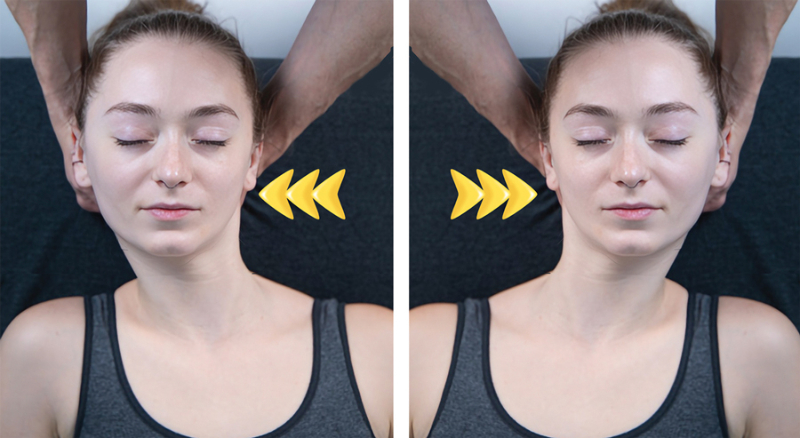
Help Your Clients’ Bodies Move Better
For our bodies to move well through space, the nervous system must constantly receive high-quality information from sensory receptors embedded in the joint capsules, ligaments, and spinal groove muscles. Undulation is an elegant yet simple way to produce clear and strong signals that form robust brain maps—maps that help our bodies move better. The overarching myoskeletal goal is to reawaken the brain-body connection in spinal segments where kinesthetic awareness may have been lost due to tension, trauma, or weak posture. I encourage you to get that alligator sway going and incorporate this undulating routine into your own bodywork practice.
Summary
Undulation is the bi-directional lateral flexion of the spine observed in reptiles and humans. The intent of undulation is to reawaken the brain-body connection by inducing smooth, rhythmic motion through all spinal segments. For the most effective results, prep the neck by performing C.S.T., a three-step hands-on myoskeletal neck mobilization routine that involves chin-jutting, side-bending, and translation. You will find more information about C.S.T. here in my blog post Three Steps to Mobilize the Neck.
On sale this week only!
Save 25% off the "Dalton Technique Treasures" eCourse
The “Dalton Technique Treasures” eLearning course is a compilation of some of Erik’s favorite Myoskeletal Alignment Techniques (MAT). Learn MAT techniques to assess and address specific sports injuries, structural misalignment, nervous system overload, and overuse conditions. ON SALE UNTIL July 29th! Get Lifetime Access: As in all our eLearning courses, you get easy access to the course online and there is no expiry date.





